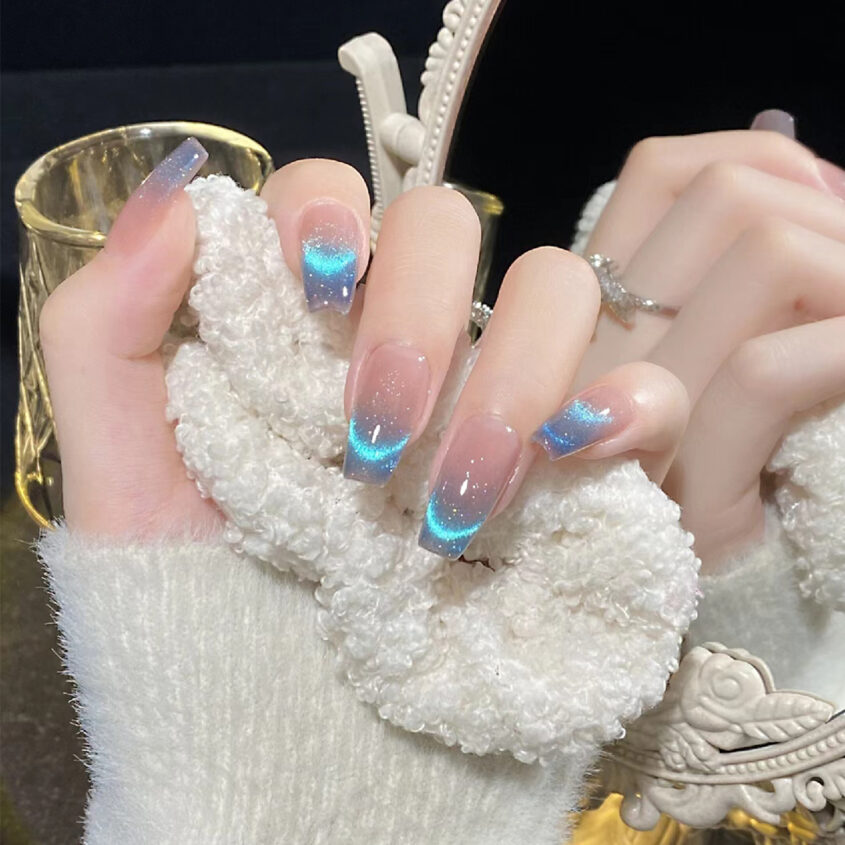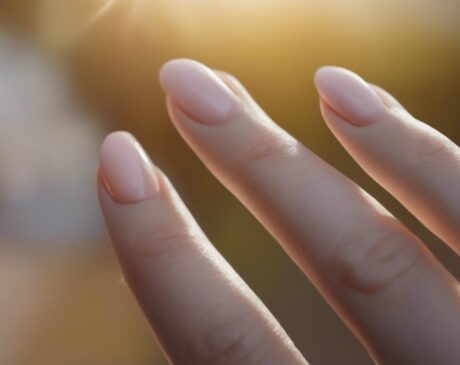How can I glue without glue?

In our daily lives, we often encounter situations where we need to bond materials together, but either we don’t have glue or we don’t want to use it due to toxicity or environmental concerns. This article explores innovative and environmentally friendly ways to bond materials together without the use of traditional glue. From household items to natural substances, we delve into a world where bonding doesn’t always mean reaching for that tube of adhesive.
The Science Behind Adhesion
A. Understanding Adhesion
At its core, adhesion is the process by which two surfaces are bonded together through interfacial forces. These forces can be mechanical, chemical, or a combination of both. Understanding the fundamentals of adhesion helps us explore effective alternatives to traditional glues.
b. Different types of adhesion mechanisms
Adhesion occurs in a variety of ways, from molecular attraction in chemical adhesion to surface interlocking in mechanical adhesion. This diversity of bonding mechanisms opens the door to many possibilities for non-adhesive adhesives.
Adhesives for everyday household items
A. Using Honey
Honey is a common kitchen staple that offers more than just sweetness. Its natural viscosity and tackiness make it an excellent choice for temporarily attaching lightweight items.
b. Molasses as a sticky solution
Similar to honey, molasses, especially corn syrup, can be an effective adhesive for temporary bonding in a variety of craft projects, providing a non-toxic and easy-to-clean option.
C. Peanut Butter as a Tacky Adhesive
Peanut butter has a viscous consistency that makes it a surprising but effective adhesive for small, non-critical applications such as crafts or temporary fixes.
Natural Plant-Based Adhesives
A. Starch-based adhesives
Mixed with water and heated to form a paste, starch is an excellent adhesive for paper and lightweight wood. This type of glue has been used for centuries and is non-toxic and biodegradable.
b. Use of tree sap
Tree sap is a natural substance that has historically been used as an adhesive by various cultures, providing a strong and natural bonding solution.
C. Mixture of vinegar and flour
A simple mixture of vinegar and flour creates a paste that, while not as strong as commercial glue, can be a good adhesive for lightweight crafts and is safe for children to use.
DIY Craft Glue
A. Homemade Flour Paste
Classic craft glue can be made by cooking a mixture of flour and water. This glue is perfect for paper crafts and is completely non-toxic, making it ideal for projects involving children.
b. Milk Glue Recipe
A little-known fact is that milk contains a protein called casein, which can be converted into a strong adhesive. This can be accomplished by mixing vinegar with milk to separate the casein and then adding a base such as baking soda.
C. Using egg whites
Egg whites have adhesive properties when dried. They can be used to bond paper and lightweight materials and were historically used for bookbinding.
Heat-activated adhesives
A. Wax as a sealant
Wax melts and then cools to form a seal that can be used as an adhesive. This method is great for sealing envelopes and small packages.
b. Cheese wax for DIY projects
Cheese wax is easy to mold when heated and can be used as a temporary adhesive in DIY projects, especially in model making or as a sealant.
Adhesive solutions in the kitchen
A. Cheese as an adhesive
Believe it or not, melted cheese can be used to temporarily stick certain items together. When melted its sticky nature can hold light objects together.
b. The stickiness of gelatin
Gelatin forms a sticky jelly-like substance when it cools. This property makes it a good choice for non-permanent bonding in a variety of craft projects.
Temporary bonding techniques
A. Utilizing pressure and friction
Sometimes the simplest solutions are the most effective. Applying pressure or increasing friction between two surfaces can create a temporary bond without the use of any adhesive material.
b. Tape as a non-glue substitute
Tape, while technically an adhesive, provides a less messy and often temporary alternative to glue. It is ideal for situations where a non-permanent bond is required.
Industrial Strength Alternatives
A. Utilizing heat and pressure
Alternatives to glues in industrial environments often involve the application of heat and pressure to form a strong bond between materials, such as in welding or forging.
b. Velcro and Hook and Loop Fasteners
Velcro and other hook-and-loop fasteners are excellent alternatives to glue where a strong but removable bond is required. They are widely used in apparel, footwear and industrial applications.
Safety and Precautions
When experimenting with alternative adhesives, it is important to consider the safety and appropriateness of the materials used, especially in the case of homemade or natural substances.
Environmental Considerations
A. Environmentally Friendly Adhesive Solutions
Switching to eco-friendly alternatives is not only about reducing toxicity, but also about minimizing the impact on the environment. Many homemade or natural adhesives are biodegradable and have a lower environmental footprint than synthetic adhesives.
b. Impact of Homemade vs. Commercial Adhesives
While commercial glues often provide stronger, longer lasting bonds, they can contain harmful chemicals and are not always biodegradable. On the other hand, homemade glues, while not as strong, are usually safer for the environment and personal health.
Creative uses and applications
A. Making Ideas
From papier-mâché to scrapbooking, the use of alternative adhesives has opened up a world of crafting ideas. These natural, homemade glues are not only effective, but also add an eco-friendly element to your projects.
b. Door-to-door repair tips
These alternative adhesives can come in handy in certain home repair scenarios, especially for temporary fixes or when working with materials that are sensitive to chemical glues.
Troubleshooting Common Problems
Challenges such as weak bonds or construction difficulties are often faced when using unconventional adhesives. This section provides solutions and tips to overcome these problems.
The Future of Glue-Free Bonding
The future of bonding may see more innovative and environmentally friendly alternatives to conventional glues. Research in this area is ongoing and has the potential for new discoveries and applications.
Adopting the concept of bonding without the use of traditional glue not only addresses environmental concerns but also brings out the creativity and resourcefulness inherent in finding alternative solutions. Whether for practical use or crafts, the options are many and varied and often at your fingertips.
Frequently Asked Questions
Q: Can these alternatives replace glue in all situations?
A: While they are versatile, these alternatives may not always provide the same strength or durability as commercial glues. They are best suited for light-duty applications or applications where environmental factors are critical.
Q: Are homemade glues safe for children’s programs?
A: Yes, many homemade glues, such as flour paste, are non-toxic and safe, making them ideal for children’s crafts. However, always supervise children during the crafting process to ensure safety.
Q: How long do these adhesive alternatives last?
A: The lifespan of these adhesives varies depending on the materials used and the conditions they are used in. Most are suitable for temporary applications and may need to be reapplied or reinforced for long-term use.
Q: Can I use these methods for outdoor projects?
A: Suitability for outdoor use depends on the material and environmental conditions. Some natural adhesives may not hold up well to moisture or extreme temperatures.
Q: Are there commercial products that mimic these natural adhesives?
A: There has been an increase in the market for environmentally friendly adhesives that draw inspiration from natural substances. These products are designed to provide the strength of traditional glues while being more environmentally friendly.
Q: How can I make homemade adhesives stronger?
A: To enhance the strength of homemade adhesives, you can experiment with different ratios of ingredients or add natural enhancers such as resins. The key is to test and adjust to the specific application.
Q: Can I use these glue alternatives on my skin for costume makeup or prosthetics?
A: Some alternatives, such as molasses or gelatin, are safe to use on the skin, but be sure to patch test first. Avoid anything that may cause irritation or allergic reactions.
Q: Are these alternatives environmentally friendly?
A: Many alternatives are more environmentally friendly than synthetic glues, especially those derived from natural, biodegradable substances. They offer a more environmentally friendly option for a variety of applications.




